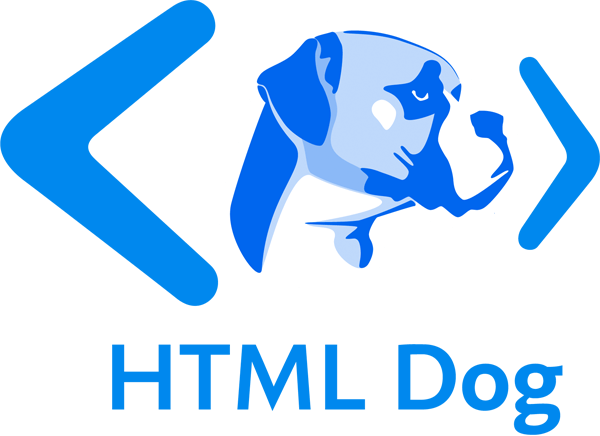Accessible Links
There are a number of ways links — the absolutely fundamentally most important interactive element of web sites — can be made more accessible to those people with disabilities.
Tabbing
Users who do not or cannot use pointing devices can tab through links and, as such, links should be in a logical tabbing order. The tabindex attribute allows you to define this order although if the HTML is linear, as it should be, a logical tabbing order should automatically fall into place.
<ul>
<li><a href="here.html" tabindex="1">Here</a></li>
<li><a href="there.html" tabindex="3">There</a></li>
<li><a href="limbo.html" tabindex="2">Limbo</a></li>
</ul>
In this example (which is used purely as a demonstration - it would be quite dumb, practically speaking), tabbing would jump from “Here” to “Limbo” to “There”.
Link titles
If you have a link that isn’t self-descriptive, or the link destination could benefit from being explained in more detail, you can add information to a link using the title attribute.
<p>I'm really bad at writing link text. <a href="inept.html" title="Why I'm rubbish at writing link text: An explanation and an apology.">Click here</a> to find out more.</p>
Accesskeys
Access keys allow easier navigation by assigning a keyboard shortcut to a link (which will usually gain focus when the user presses “Alt” or “Ctrl” + the access key).
<a href="somepage.html" accesskey="s">Some page</a>
Skipping HTML
To aid tabbing, you can supply links that allow users to jump over chunks of your web page. You might want to allow someone to jump over a plethora of navigation links, for example, so they can just read a page’s main content rather than cycle through all of the links:
<header>
<h1>The Heading</h1>
<a href="#content">Skip to content</a>
</header>
<nav>
<!--loads of navigation stuff -->
</nav>
<section id="content">
<!--lovely content -->
</section>
